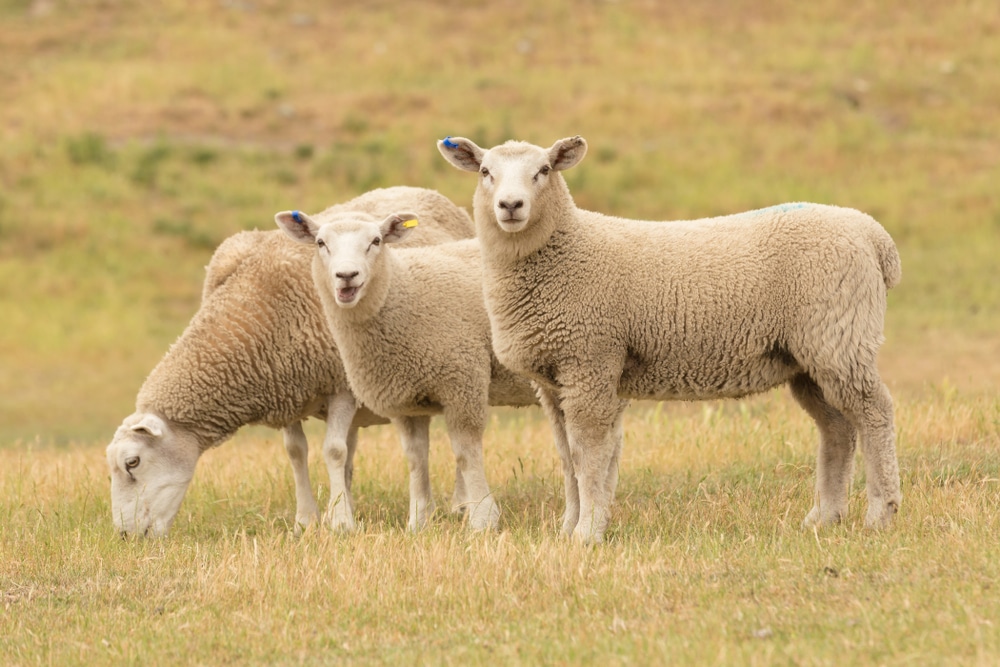Research uncovers heath goannas, a species of massive reptile, could rescue the Australian sheep industry millions by superior blowfly population control compared to invasive species, highlighting the urgency for their preservation.
During the eighteenth century, European settlers introduced red foxes for sport and felines as companions. The native fauna of Australia – including numerous scavengers – has suffered grave losses due to their presence. One such scavenger is the heath goanna, an endangered giant reptile species native to the heathlands of southern Australia. Reaching lengths of up to one and a half meters, the heath goanna scavenges on deceased animal carcasses and also preys on live creatures.
Contribution of Heath Goannas to Ecosystem Management
By eliminating maggot-infested animal remains from the environment, these colossal lizards function as natural sanitation crews. This action diminishes the proliferation of blowflies, which lay eggs on the rear areas of sheep that later hatch into flesh-eating larvae. The affliction, termed ‘fly strike’, imposes an estimated financial burden of $280 million annually on the Australian sheep farming sector.
Study Results on Scavenging Effectiveness
Researchers from the University of Cambridge have determined that heath goannas deliver a superior blowfly regulation service when compared to introduced European mammals like red foxes and cats, which are displacing them. They emphasize that enhancing populations of native giant reptiles such as heath goannas is critical in revitalizing Australia’s ecosystem and the associated benefits.
“We have observed that native scavengers in Australia, like heath goannas, are markedly more adept at eliminating blowflies from the environment than invasive scavengers such as European foxes and cats,” stated Tom Jameson, a doctoral researcher in the Department of Zoology at the University of Cambridge and lead author of the study.
This research, recently featured in the publication Ecology and Evolution, is pioneering in highlighting the significance of large reptiles as scavengers.
Threat of Blowflies to Sheep
Elevated concentrations of blowflies expose sheep to the risks of ‘fly strike’, a condition where blowfly larvae burrow into the sheep’s tissue and initiate feeding, resulting in excruciating wounds. This issue impacts the commercial value of sheep, impedes breeding success, and frequently culminates in fatality.
“Blowflies pose a significant threat to the Australian sheep industry. They trigger a distressing ailment that farmers incur substantial costs to manage and represents a severe animal welfare concern for sheep,” noted Jameson.
Methods for Exploration and Observations
The investigation was carried out at 18 locations throughout the Marna Banggara Rewilding Project vicinity on the southern Yorke Peninsula of Australia, where more than 90% of the indigenous mammals have now vanished.
Jameson contrasted the scavenging behavior of different creatures in the area by placing hundreds of deceased rats at feeding spots, along with camera traps, throughout the terrain. He revisited after five days to determine if the rats had been consumed, and to tally the amount of blowfly maggots remaining on any remaining carcasses. Footage from the camera traps disclosed which scavenging animal had stumbled upon the rat, and at what speed.
Native Australian scavengers consumed more of the deceased rats, along with the flesh-eating maggots, than scavengers introduced from Europe.
“It was revolting – we were enumerating maggots. After five days, we’d find more than 1000 maggots in one rat if a scavenger had not come across it. These maggots spawn blowflies that can travel up to 20 kilometers in a week, putting local sheep flocks in danger of fly infestation,” Jameson described.
In natural circumstances, any deceased creature in the surroundings will swiftly be filled with blowfly maggots.
Implications for Preservation and Local Advantages
“The findings indicate that preservation efforts in southern Australia to eradicate invasive species should also concentrate on enhancing the population of heath goannas and other native species because they hold significant value for the broader ecosystem,” Jameson remarked.
He included: “In addition to aiding indigenous wildlife, this will bring positive outcomes for the local agricultural sector, and also draw more wildlife enthusiasts.”
Image Source: TheOldhiro / Shutterstock






























